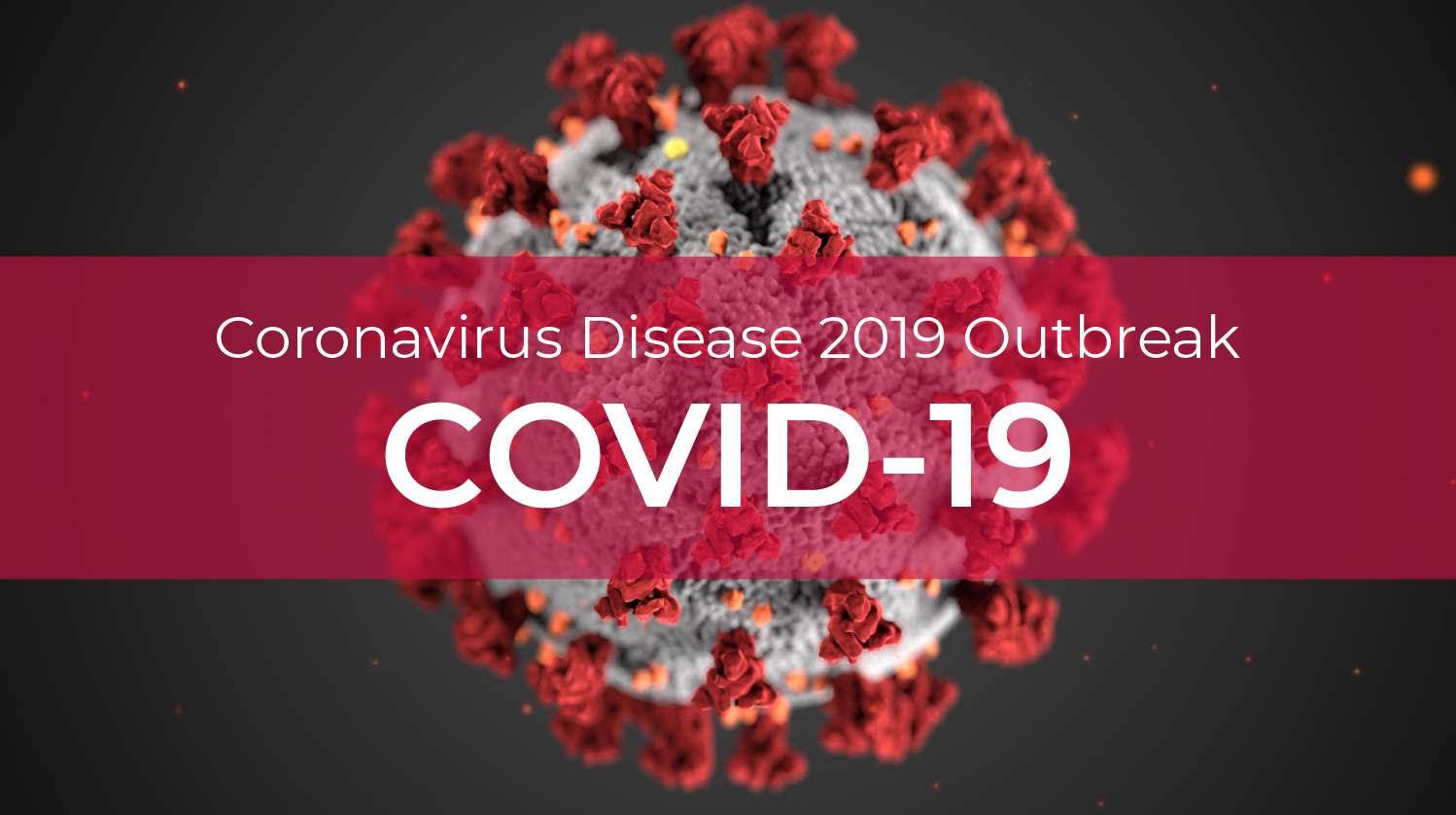Disinfecting Imaging Equipment During COVID19 Outbreak
Virus can stay active up to 9 days. Recent research shows alcohol-based solution is the best way to decontaminate surfaces.

This article was originally published on Infection Control Today.
Imaging equipment used to scan patients can be contaminated with the COVID19 virus for up to nine days if the machines aren't properly cleaned.
The virus can stay active on metal, glass, or plastic surfaces. And, according to recent research from the University Medicine Greifswald and Ruhr University Bochum in Germany, the best way to decontaminate these areas is by using a solution comprised of 62 percent-to-72 percent ethanol, 0.5 percent hydrogen peroxide, or 0.1 percent sodium hypochlorite within one minute of possible contamination. Their findings were published in the Journal of Hospital Infection (JHI).
“Currently, the emergence of a novel human coronavirus, temporary named 2019-nCoV, has become a global health concern causing severe respiratory tract infections in humans,” the authors write. “Human-to-human transmissions have been described with incubation times between 2-10 days, facilitating its spread via droplets, contaminated hands or surfaces. We therefore reviewed the literature on all available information about the persistence of human and veterinary coronaviruses on inanimate surfaces as well as inactivation strategies with biocidal agents used for chemical disinfection, e.g. in healthcare facilities.”
Investigators looked at 22 studies that dealt with disinfection techniques for human coronavirus such as severe acute respiratory syndrome (SARS) coronavirus, middle east respiratory syndrome (MERS) coronavirus, or endemic human coronaviruses (HCoV).
To reach their conclusions, investigators conducted a Medline search, completed on January 28, using the terms “coronavirus,” “TGEV [transmissible gastroenteritis virus],” “MHV [murine hepatitis virus],” and “CCV [candidate vaccine virus].” The research team also conducted analysis on search terms “survival surface,” “persistence surface,” “persistence hand,” “survival hand,” “survival skin,” “persistence skin,” ‘virucidal,” “chemical inactivation,” “suspension test,” and “carrier test.” “Publications were included and results were extracted given they provided original data on coronaviruses on persistence (surfaces, materials) and inactivation by biocidal agents used for disinfection (suspension tests, carrier tests, fumigation studies),” the study states.
The viral load of coronaviruses on inanimate objects during an outbreak is unknown, but it’s plausible that disinfection methods should help, especially when applied to frequently touched surfaces where you might expect the viral load to be most potent, according to the study.
The investigators cite the World Health Organization, which advises “that environmental cleaning and disinfection procedures are followed consistently and correctly. Thoroughly cleaning environmental surfaces with water and detergent and applying commonly used hospital-level disinfectants (such as sodium hypochlorite) are effective and sufficient procedures.”
The investigators could not find data that describe how often and how much hands can be contaminated with coronaviruses after contacting an infected surface or patient. “In Taiwan, however, it was described that installing hand wash stations in the emergency department was the only infection control measure which was significantly associated with the protection [of] healthcare workers from acquiring the SARS-CoV, indicating that hand hygiene can have a protective effect,” the study states.
In addition, even though hand hygiene compliance appears to be significantly higher during an outbreak, there still seems to a lack of total buy-in among physicians, the study states, adding that transmission can be successfully prevented when appropriate measures are consistently performed.
“Ethanol at concentrations between 62 percent and 71 percent reduced coronavirus infectivity within 1 min exposure time by 3.0–4.0 log10,” according to the study. “Concentrations of 0.1- 0.5 percent sodium hypochlorite and 2 percent glutardialdehyde were also quite effective with > 3.0 log10reduction in viral titre. In contrast, 0.04 percent benzalkonium chloride, 0.06 percent sodium hypochlorite and 0.55 percent ortho-phtalaldehyde were less effective.”
The endemic human coronavirus strain (HCoV-) 229E can remain infectious on certain surfaces for as little as 2 hours or up to 9 days.
“A higher temperature such as 30°C or 40°C reduced the duration of persistence of highly pathogenic MERS-CoV, TGEV, and MHV,” the study states. “However, at 4°C persistence of TGEV and MHV can be increased to ≥ 28 days.”
The Reading Room Podcast: Current Perspectives on the Updated Appropriate Use Criteria for Brain PET
March 18th 2025In a new podcast, Satoshi Minoshima, M.D., Ph.D., and James Williams, Ph.D., share their insights on the recently updated appropriate use criteria for amyloid PET and tau PET in patients with mild cognitive impairment.
Study with CT Data Suggests Women with PE Have More Than Triple the One-Year Mortality Rate than Men
April 3rd 2025After a multivariable assessment including age and comorbidities, women with pulmonary embolism (PE) had a 48 percent higher risk of one-year mortality than men with PE, according to a new study involving over 33,000 patients.